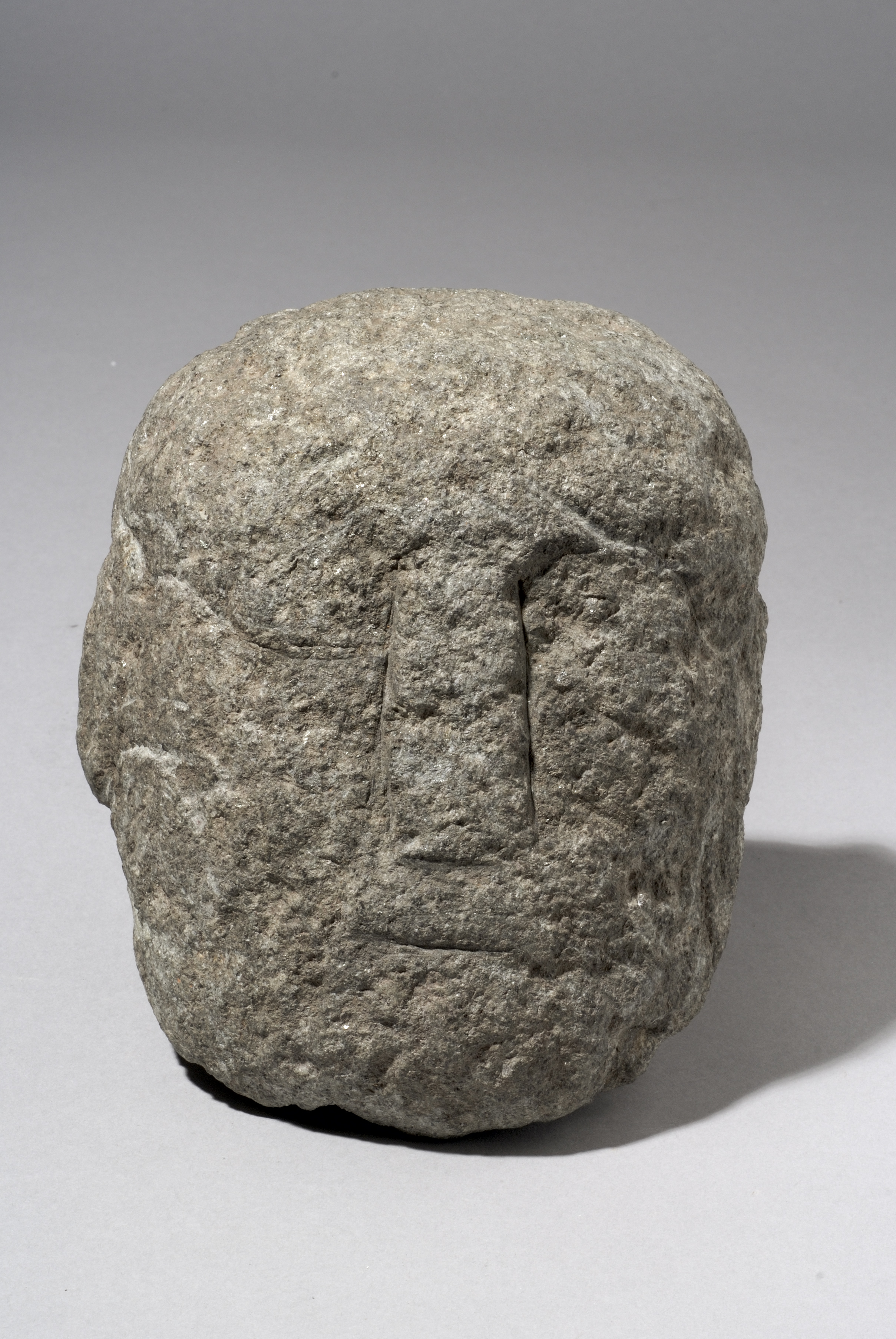

At the Bibracte Museum, we invite you to step back in time two millennia and immerse yourself in a pivotal period that saw the emergence of large settlements across a vast area of temperate Europe.
Bibracte, on Mount Beuvray in the heart of the Morvan, is a perfect example of what is known as an oppidum, a vast fortified town that suddenly appeared in the 2d century BC, along with two hundred others built across an immense territory stretching from the Atlantic to Central Europe. The capital of the Aedui people, it was home to between 5,000 and 10,000 inhabitants and was a hub for crafts and trade.
Who lived in the oppida ? How was their society organised ? And above all, how can we explain the many similarities between these sites, hundreds of kilometres apart ? The museum provides answers to all these questions.
All the objects on display are contemporary with Bibracte. Some have been borrowed from European museums, or copied from their most emblematic pieces. Many are from excavations that are still being carried out today on Mont Beuvray. They all help to paint a portrait of Bibracte and its period, characterised by a profusion of agricultural, industrial, commercial, political and religious activities.
Combined with models, photographs and digital devices, they also reveal different aspects of the archaeologists’ work.






